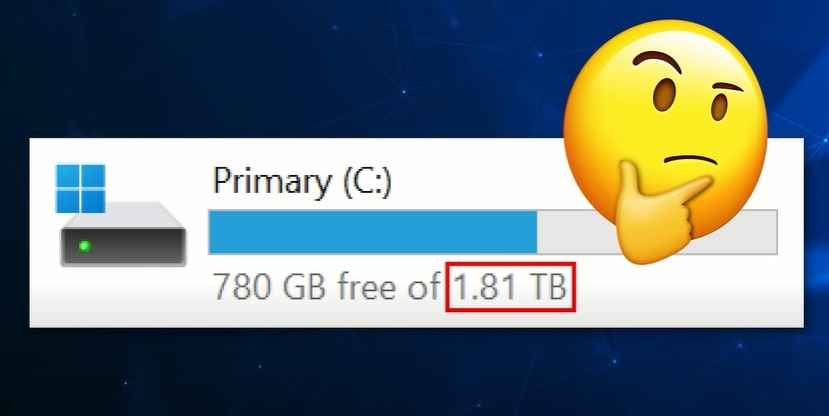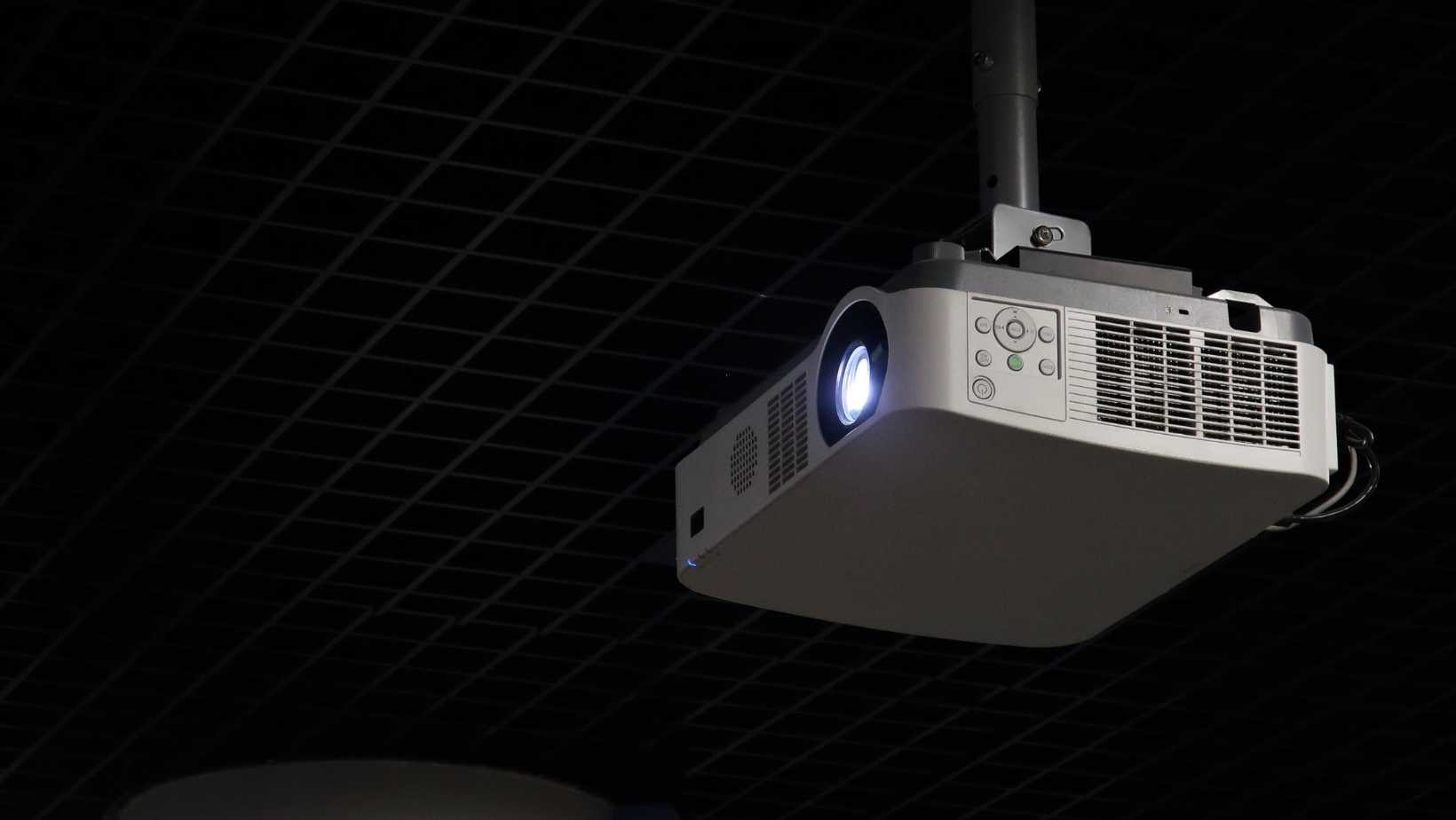If you’ve ever purchased a computer hard drive or solid-state drive (SSD), you might have noticed that the storage capacity displayed on the packaging doesn’t match what you see on your computer. For example, a 1 TB drive may show up as 931GB or a 2 TB drive may display as 1.81 TB. This discrepancy between advertised and actual capacity often leads to confusion and frustration among consumers. In this article, we will explore the reasons behind this phenomenon and shed light on why computer drives smaller than advertised.
Reasons Computer Drives Smaller Than Advertised
The discrepancy between the advertised and actual capacity of computer drives can be attributed to several factors. Let’s examine each of these reasons in detail.
Factor 1: The Different Units
To understand the capacity difference, we need to delve into the world of units of measurement. While we are familiar with terms like kilobyte (KB), megabyte (MB), gigabyte (GB), and terabyte (TB), there is a parallel set of units known as kibibyte (KiB), mebibyte (MiB), gibibyte (GiB), and tebibyte (TiB). These alternate units use powers of two, unlike their decimal counterparts.
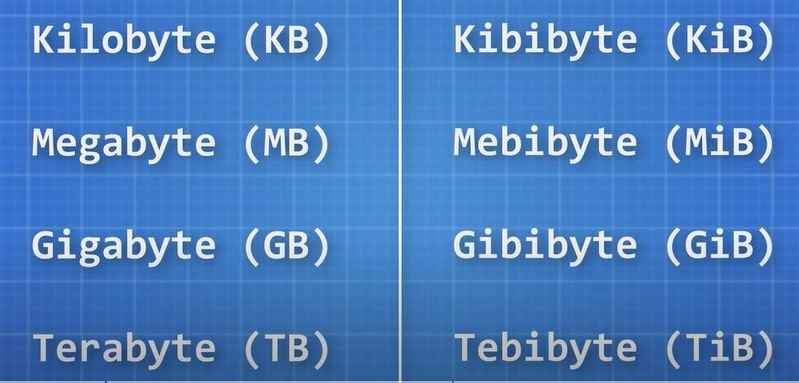
The difference between them in terms of the number of bytes is that Megabytes and the others are powers of ten, whereas Mebibytes and the others are powers of two.
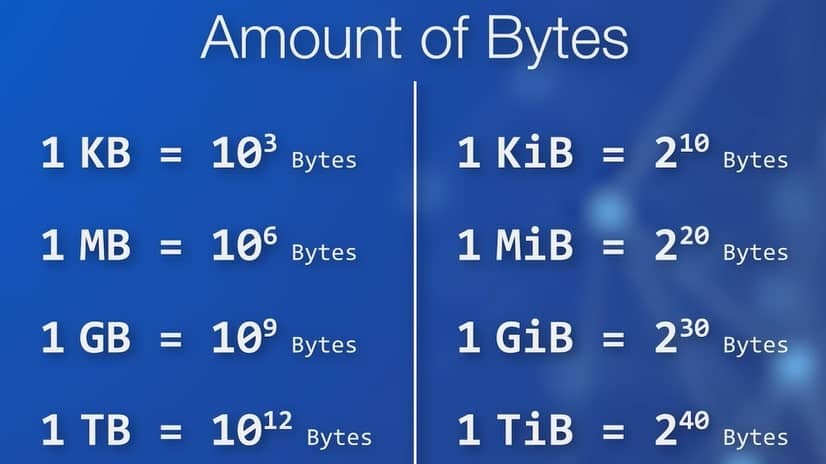
So there are 1024 Kibibytes in a Mebibytes, 1024, Mebibytes in a Gibibytes, and so on. And while they’re pretty close in actual numbers of bytes, the higher you go, the more they diverge.
When you purchase a 1 TB drive, the storage capacity is indeed one trillion bytes. However, when Windows measures the number of gigabytes (GB) or terabytes (TB), it uses the binary-based units (gibibytes and tebibytes) but incorrectly displays them as decimal units (gigabytes and terabytes).

Since a gibibyte is larger than a gigabyte by approximately 1.074 times, dividing 1,000 GB by 1.074 results in approximately 931GB, which is why a 1 TB drive shows up as 931GB in Windows.
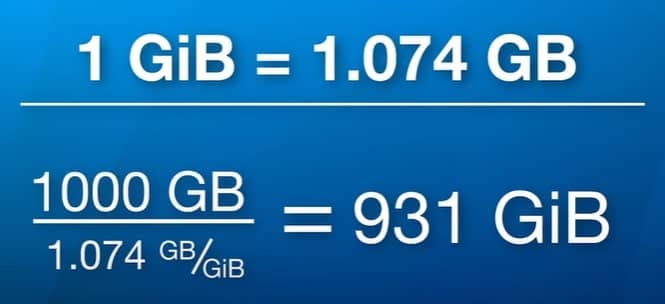
Factor 2: Why Does Not Windows Use TiB and GiB?
You might wonder why Windows doesn’t use the correct binary-based units (TiB and GiB) instead of displaying the decimal-based labels. The answer lies in the historical usage and conventions surrounding units of measurement in the computing industry.
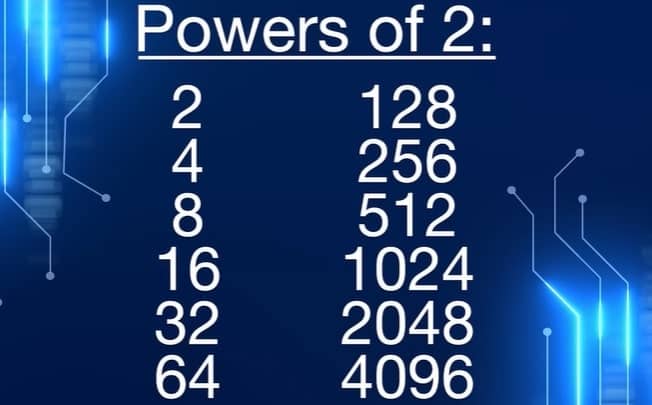
Since the early days of computers, working with binary-based units made calculations easier. The prefix names such as megabytes and gigabytes were used for both the decimal and binary meanings, causing confusion. To address this, the International Electrotechnical Commission (IEC) introduced binary-based prefixes (mebibyte, gibibyte, etc.) to distinguish between the two measurement systems.

However, these binary-based units did not gain widespread adoption in mainstream usage. Many companies and individuals continued to use decimal-based units because they were more intuitive. For instance, Macs and certain Linux distributions, like Ubuntu, have adopted the official binary-based units. Hard drive manufacturers have traditionally used the decimal meaning, and network speeds (e.g., one gigabit per second) have always been expressed using the decimal units.
Factor 3: Holdouts
Despite the introduction of binary-based units, there are still holdouts, including Microsoft Windows and RAM manufacturers, who use binary capacities but display decimal labels. This creates confusion for users who expect the displayed capacity to match the advertised capacity. While Windows does show the exact number of bytes in the properties window, this information may not be easily accessible or understandable for most users.

The reasons behind Windows’ adherence to this practice are somewhat unclear. In the past, the consistency argument could have been made, as other operating systems had not yet switched to using decimal units. However, with the adoption of decimal units by Mac OS and Linux distributions, the consistency argument becomes less relevant.
It would be relatively simple for Windows to switch to displaying and measuring in decimal units while retaining the existing labels. Users would see the expected numbers without any noticeable change. Compatibility issues could be addressed by adjusting the display in Windows Explorer only, without affecting the underlying calculations performed using binary units.
RAM manufacturers have their own reasons for using binary-based capacities due to the nature of memory addressing. However, it would still be beneficial for them to use the appropriate labels for clarity and consistency.
Factor 4: Other Possible Causes
Apart from the unit discrepancy, other factors can contribute to a drive appearing smaller than expected. For instance, some prebuilt computers come with hidden recovery partitions that reduce the visible capacity of the main partition. While the operating system and file system may occupy some space, the impact on overall capacity is minimal compared to the unit discrepancy.
Conclusion
In conclusion, the discrepancy between advertised and actual capacities is not false advertising by manufacturers. Understanding the reasons behind this difference helps clarify the situation and ensures consumers are aware of the actual storage capacity they are purchasing.
Read Also: How To Become A Hacker Guide For Beginners

